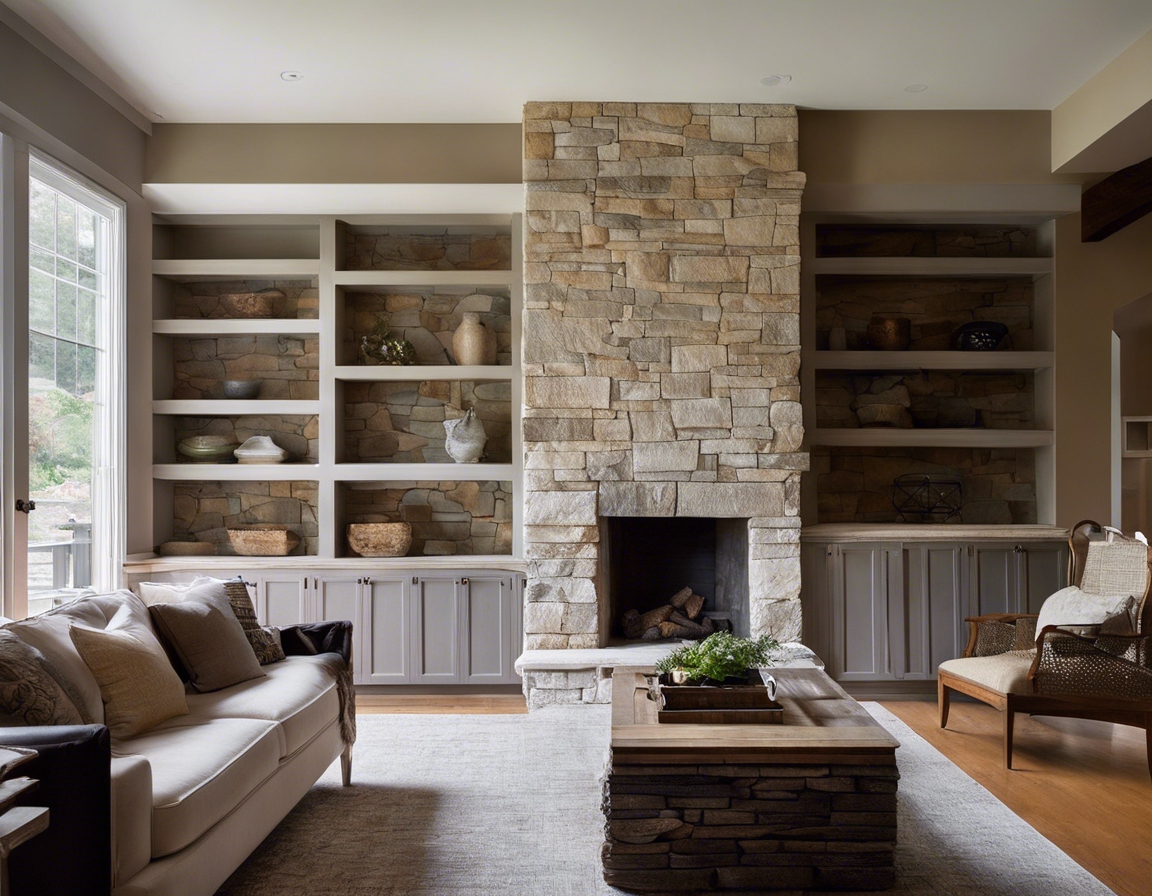Granite vs. marble: which stone suits your home?
Granite is a natural stone that is renowned for its toughness and durability. Formed from cooled magma deep within the earth's crust, granite is composed of minerals such as quartz, feldspar, and mica, which contribute to its rich variety of colors and unique patterns. Its hard surface resists scratches and can withstand high temperatures, making it an ideal material for kitchen countertops and other high-use areas.
Marble, on the other hand, is a metamorphic rock that originates from limestone. It is known for its timeless beauty and the distinctive veining that runs through each slab. Marble has been a symbol of luxury and sophistication for centuries, used in iconic structures and sculptures around the world. However, it is softer and more porous than granite, which means it requires more maintenance and care to preserve its pristine appearance.
Comparing Granite and Marble
When it comes to aesthetics, granite and marble offer distinct visual appeals. Granite's diverse color palette and intricate patterns can fit into various design schemes, from rustic to modern. Marble's classic look, with its soft hues and elegant veining, is often associated with high-end design and can add a touch of opulence to any space.
Granite's resilience makes it less susceptible to scratches, chips, and heat damage, which is why it's a popular choice for kitchen surfaces. Marble requires more attention; it can be etched by acidic substances and is prone to scratching. Both stones need sealing to prevent stains, but granite typically requires less frequent resealing than marble.
Both granite and marble can be used throughout the home, but their different properties make them better suited for certain applications. Granite's durability makes it ideal for kitchen countertops, flooring, and outdoor spaces. Marble, while also used for countertops, is favored for bathroom vanities, wall cladding, and fireplace surrounds, where its beauty can be showcased without the same level of wear and tear.
The cost of granite and marble can vary widely based on factors such as origin, rarity, and the complexity of the installation. Generally, marble tends to be more expensive than granite, but both are considered investments that can increase the value of your home.
Granite in Home Design
Granite's strength and low maintenance requirements make it a practical choice for busy households. It's also available in a wide range of colors and patterns, ensuring that each installation is unique. Its heat resistance is a bonus for kitchens, where hot pots and pans are common.
Granite is versatile and can be used for kitchen countertops, backsplashes, bathroom counters, flooring, and even as a durable option for outdoor kitchens and patios.
Marble in Home Design
Marble's elegance and unique veining patterns make it a standout choice for areas where aesthetics are paramount. It can create a sense of luxury and spaciousness, particularly in bathrooms and entryways.
Marble is often used for bathroom vanities, tub surrounds, shower walls, flooring, and as a statement piece for kitchen islands or as a backsplash.
How to Choose Between Granite and Marble
When deciding between granite and marble, consider your lifestyle and how you use your space. Families with young children or pets might prefer the durability of granite, while those who value aesthetics and can commit to the upkeep might lean towards marble.
Think about the overall design of your home. If you're aiming for a warm, inviting atmosphere, granite's natural patterns may be the perfect fit. For a more refined, elegant look, marble's classic beauty could be the ideal choice.
Consider the long-term implications of your choice. Granite's durability and ease of maintenance make it a practical long-term investment, while marble's luxurious appearance requires a commitment to regular care to maintain its beauty over time.






Comments (0)